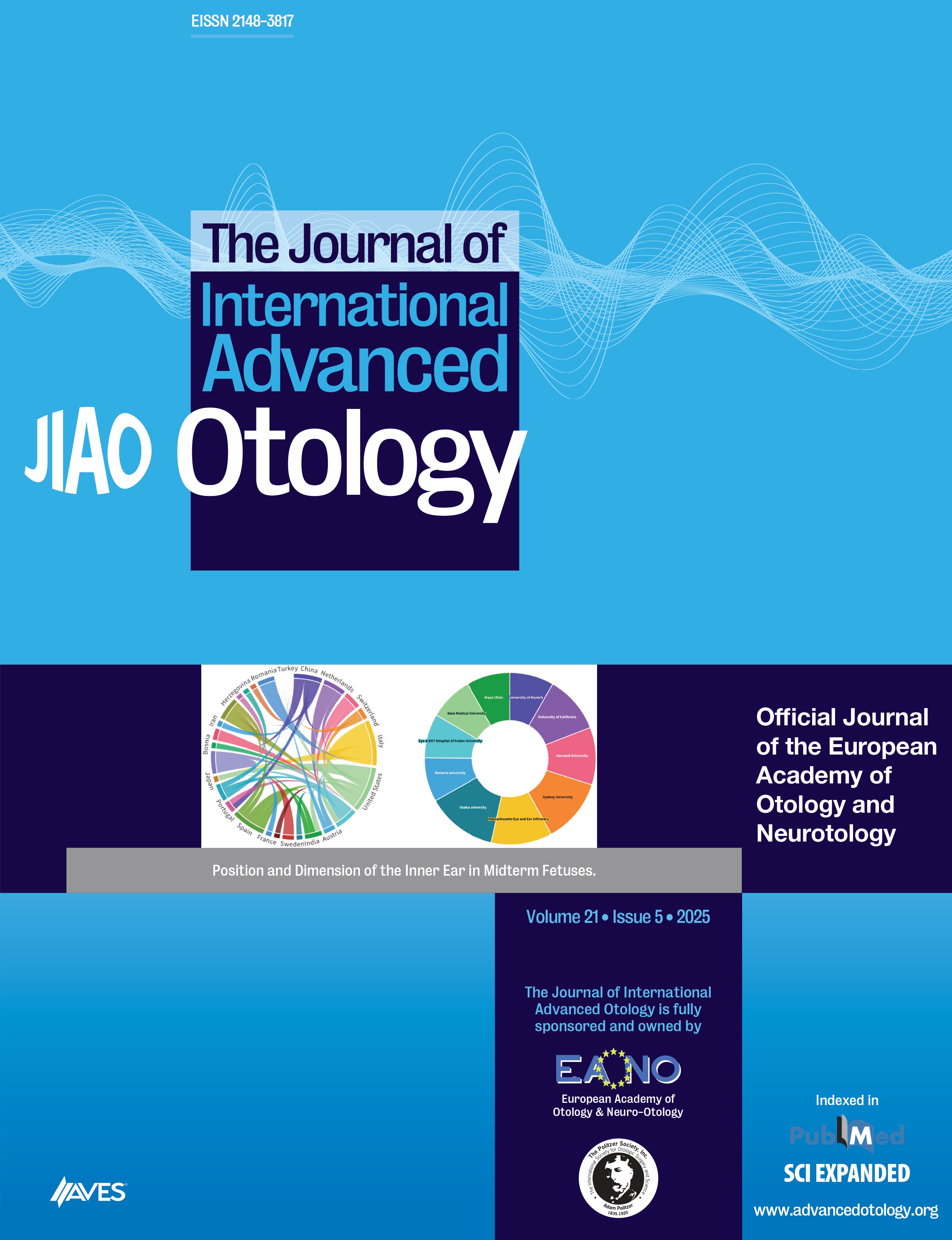Simultaneous MT-RNR1 and MYO15A Mutations in a Family with Non-Syndromic Hearing Loss
Main Article Content
Abstract
Congenital hearing loss is one of the prevalent birth defects, with approximately 60% of cases attributed to genetic factors. Genetic hearing loss
is broadly classified into syndromic and non-syndromic forms, with non-syndromic hearing loss accounting for 70% of cases. MYO15A mutations
are known to cause autosomal recessive non-syndromic hearing loss (ARNSHL), while MT-RNR1 mutations follow a maternal inheritance pattern
and are linked to aminoglycoside-induced hearing loss. In this study, a family with diverse manifestations of non-syndromic hearing loss was
investigated, including aminoglycoside-induced, congenital profound, and post-lingual profound hearing loss. Through whole exome sequencing, distinct genetic etiologies responsible for hearing loss in affected family members were identified. This is the first report to document the
co-occurrence of a compound heterozygous MYO15A mutation alongside an MT-RNR1 mutation within a pedigree. Additionally, it is the first observation of both a homozygous MYO15A c.6956+9C>G mutation and compound heterozygous MYO15A mutations (c.[6956+9C>G]+[4898T>C]) in
ARNSHL. These findings broaden the genotype-phenotype spectrum of MYO15A and highlight the critical role of genetic diagnosis in managing
hearing loss.
Cite this article as: Chen Y, Yang R, Chen Y, Zhang T, Ma J. Simultaneous MT-RNR1 and MYO15A mutations in a family with non-syndromic hearing
loss. J Int Adv Otol. 2025, 21(5), 1817, doi:10.5152/iao.2025.251817.


